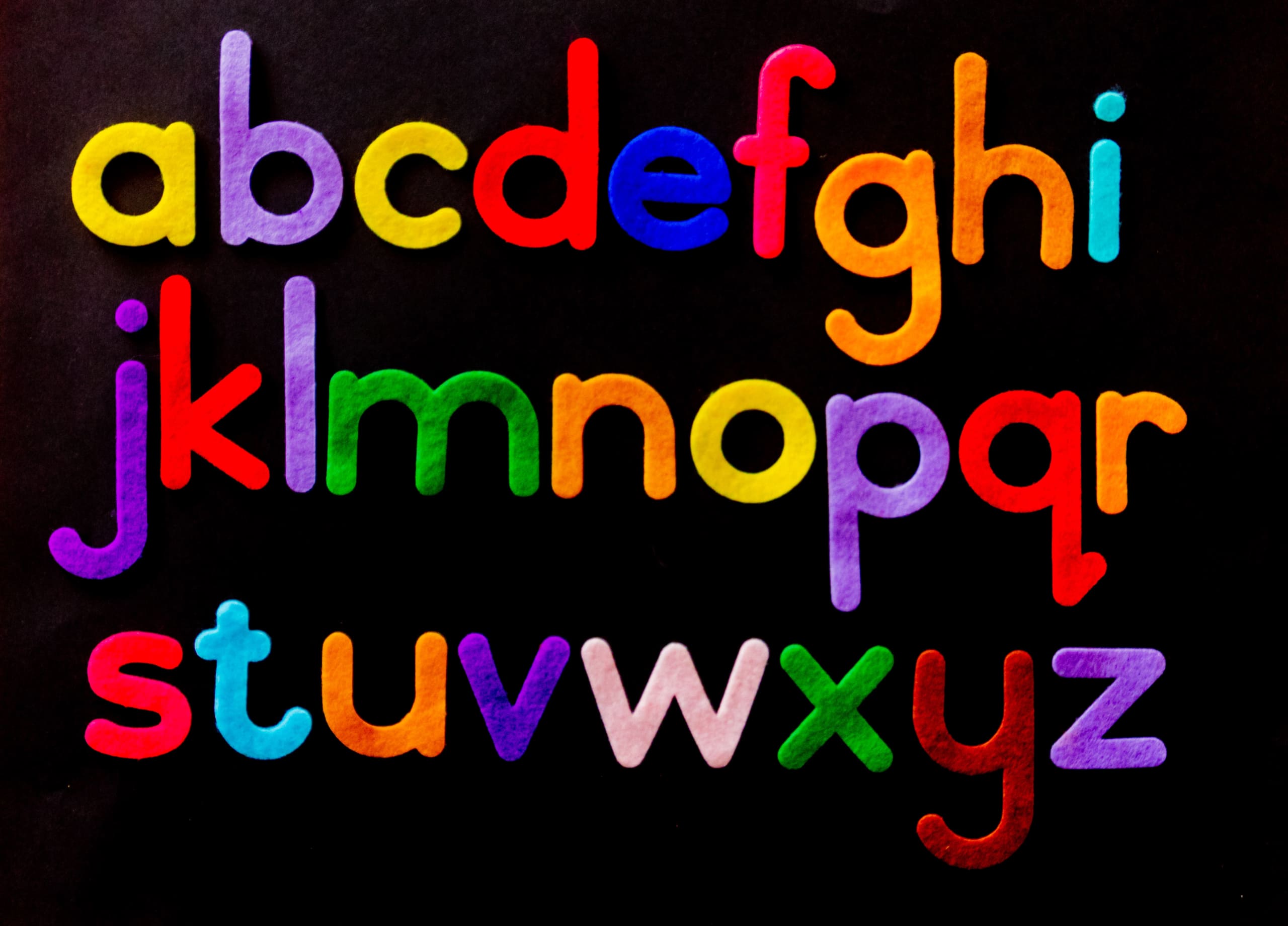How Does Choo Choo Train Teach Language To Children?

Parents and teachers agree that most three-year-olds are delightful conversational companion, telling people their experiences and asking a lot of questions. It is crucial for adults to help them develop their language and Choo Choo Train teachers have their own strategies adapted from a Speech-language pathologist.
Teachers become their daily conversation partner. Every child is given the opportunity to practice their conversational skills by taking turns to discuss their daily activities with a teacher. Teachers strive to give undivided attention with pauses for them to continue the conversation which also boosts their emotional well being. It goes something like this: the teacher asks “What did you eat for breakfast today?” and after getting the child’s answer, the teacher shares “I eat some bread for breakfast too!” and let the child continue.
Teachers make time to play one-on-one. Some days a child may not want to play with their friends and teachers use this situation to play alone with them. This is the time teachers ask a child if they are dealing with some hard feelings and try to fill their emotional tank. Maybe they had a fight with siblings at home and they are feeling down. It goes something like: the teacher asks “Are you feeling unwell sweetie, do you want me to play with you?” and keep the child’s mind away from what’s bothering them with the play.
Teachers keep the playtimes fun, enriching and natural. Language is learned through experience, and at this age, children are already naming colours, shapes, and numbers. Rather than drilling these concepts directly way too much to children, teachers talk about other things that are related. For example, teachers begin the conversation with “Last weekend, I went to visit KLCC. It has 2 tall towers that are grey in colour! Did you go anywhere last weekend?”
Teachers follow their conversations that arise naturally. As with play, teachers follow the children’s lead in conversations. Teachers let the children move on to another idea, although they are not done with what they just talked about. If they suddenly talk about pizza in the middle of a conversation about cats, that’s okay. Teachers talk about pizza too.
Teachers expand on their conversation. Teachers have conversations with children about what they have been doing and add on why things happened using new, longer, more complex words, and teachers add details into what the children say. For example when a child says “My mommy bought a cake for me,” the teacher replies, “That’s nice. Did you say thank you to mommy?” and adds on “Why do you think mommy bought you the cake? Did you help to clean up your toys at home?”
Teachers affirm them with a yes and reorder their sentence correctly if their words get jumbled. Children’s minds think faster than they can talk! Most adults would let children go with their use of jumbled words thinking they are just children, but if they are affirmed and corrected, they will get better with their language and communication. When a child says “I make a shape heart,” the teacher says “Yes, you made a heart shape, wonderful!”